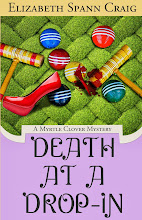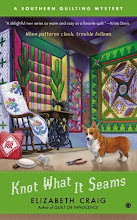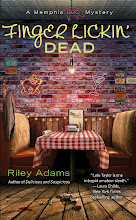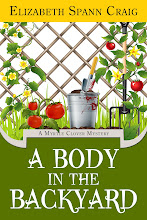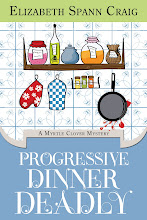 I have a hard time keeping my seventh grade son in books. It’s a nice problem to have.
I have a hard time keeping my seventh grade son in books. It’s a nice problem to have.
After scouring some book blogs, I came up with four books that had been highly recommended by (admittedly) adults.
I put the books up in his room. After a few hours, he came out.
“Mom? I don’t mean anything by this…but I hate all those books you got me.”
I sat back in the chair and stared at him. “But they’re supposed to be good!”
“They’re depressing. I read the first four or five chapters of all of them. I feel like I know the characters and they’re in these hopeless situations and depressing things keep happening.”
“Well, but honey, I’m positive the books will end happily. They’re YA.”
He gave a short laugh. “No. They don’t end well. Because when I realized I’d never in a million years read these books all the way through, I read the endings. They all had these awful endings. And now I can’t get the stories out of my head!”
I’d spent a good hour researching books for him. I thought that at least one of the books would make the cut.
This made me realize that many books and movies that are critically acclaimed aren’t the happiest stories in the world. And they might not be right for everybody. I seemed to have wandered into the literary fiction area of YA.
My son seems to like stories of people in difficult circumstances that rise above them. He likes steps toward conflict resolution fairly early—with setbacks and challenges continuing. I see him as a fantasy/sci fi reader mainly.
The books he wasn't interested in seemed to have this sort of a pattern:
Opening crisis. Deepening crisis. More characters are introduced and they are sucked into the crisis, exacerbating the tension. The characters encounter setbacks as they struggle for conflict resolution. There is some hope offered in a couple of plotlines at the end of the book. But not for the main character at the end.
In fact, these books follow a Lord of the Flies pattern almost exactly.
My own stories seem to follow this pattern:
*Initial sunny, happy, quiet scene. (Apart from a foreshadowing prologue.) *Major conflict. (In my books, this is a violent death.) *The protagonist takes action to resolve the problem (whodunit). *A major setback. *More action by the protagonist. Some progress. *A confrontation. *A resolution.
Are your books heavy? Do they end with a happy resolution? Do you see patterns in your plots at all?
If you were following the discussion Friday on genre blending, pop over to the Mystery Lovers' Kitchen today where guest poster, Dead Air author, and clinical psychologist Mary Kennedy shares insights into developing her character’s personal life at www.MysteryLoversKitchen.com





